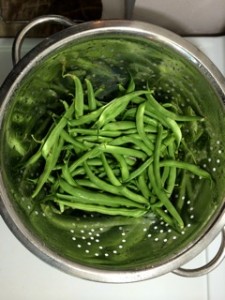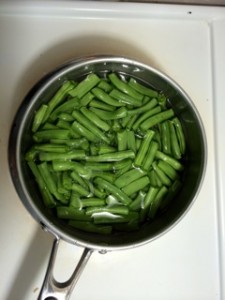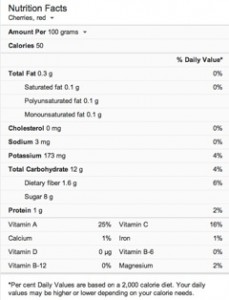
The lowly green bean, as a rule, is not a vegetable that inspires poetry. But it has many virtues that are virtually unknown or certainly unsung.
You can buy green beans but there is nothing compares to them just-picked from the garden! Green beans are easy to grow. After the last frost in the spring, simply sow them ½ inch deep and one to two inches apart. With water and warmth tiny plants appear within days. Magpies like just-sprouted bean seedlings so beware.
Within six weeks the plants are covered with tiny blossoms and bean pods appear a week or so later. The pods hide easily in the foliage so hunt carefully!
Green beans are best eaten when they are not too big, when the seeds are still small and the pod is tender. They are good raw, something I learned from my Grandtoys.
I like them steamed until tender and green, not too soft or cooked until they’re brown. They are best served with a tiny bit of oil: butter, olive oil, coconut oil or any nut oils are good choices. Many of the vitamins in green beans are fat-soluble. By eating them with healthy fats, you make it easier for your body to utilize those nutrients.
A friend of mine told me recently that they are really delicious roasted in a bit of oil and salted. I imagine them to be like edamame, only you can eat the pods! I will try them.
Green beans are also easily pickled. Choose long, mature pods. Stand them up in the jars, pour your pickling solution over them and process. In a few weeks you have crispy pickled beans.
I became attracted to green beans as a young adult riding the diet roller coaster. Calorie counting was an integral part of my early efforts to manage my weight. As it happens, green beans are very low in calories, with just 31 calories per 100 grams or about 44 per cup.

Green beans contain substantial amounts of Vitamins A, B-6, C and K and minerals, including calcium, iron, potassium, silicon, and magnesium. They are a good source of fibre and contain healthy plant-based protein. Recent studies highlight the antioxidant capacity of green beans.
Eating green beans, preferably fresh, but as an alternative, frozen, can enhance your cardiovascular health, help keep your weight down, and help you manage blood sugar.
To me, they taste like summer.
If you want to learn more about all the nutrients found in green beans check out this site:
http://www.whfoods.com/genpage.php?tname=foodspice&dbid=134


